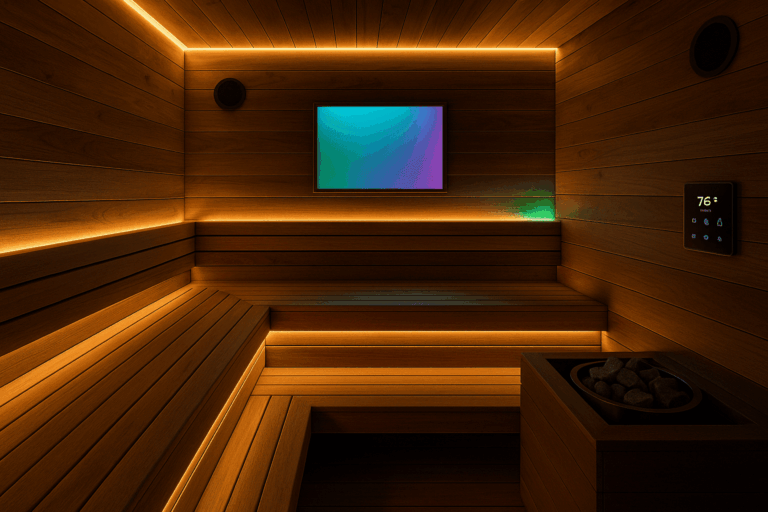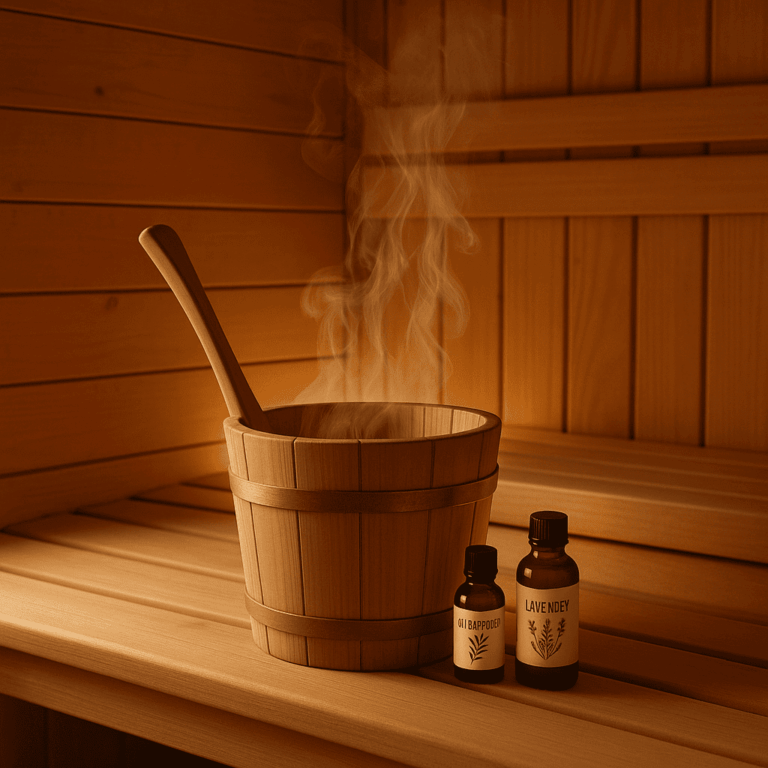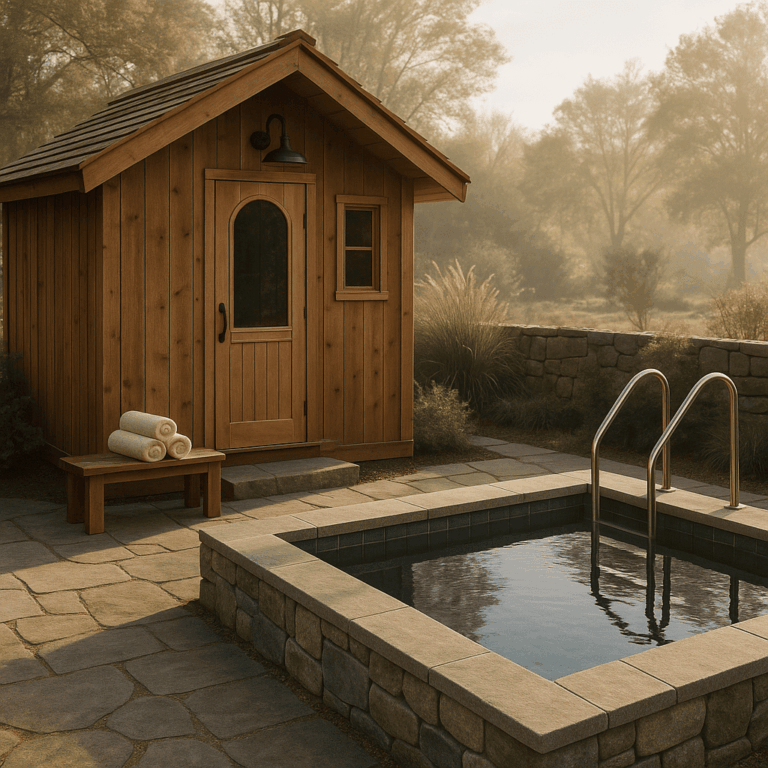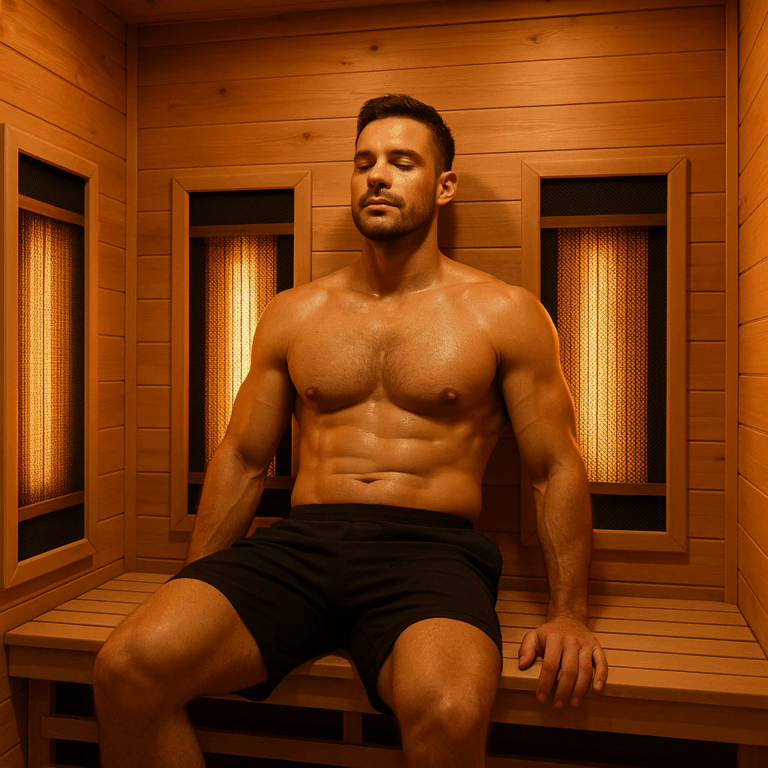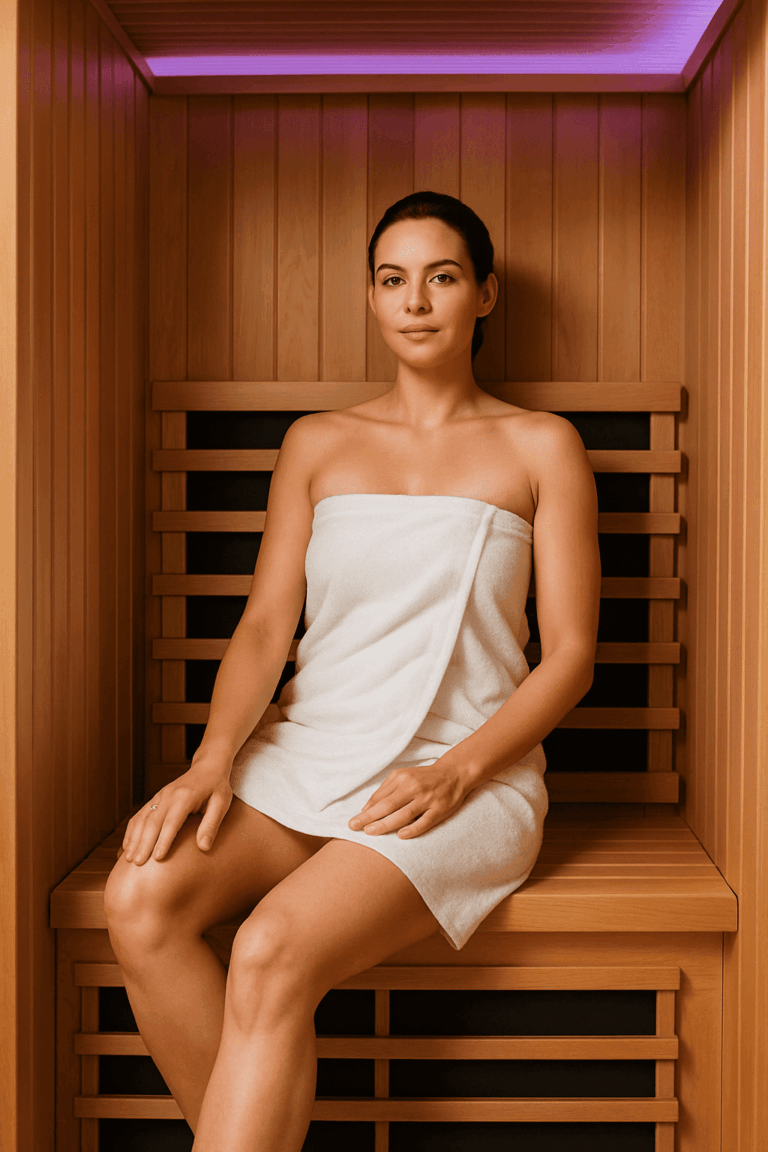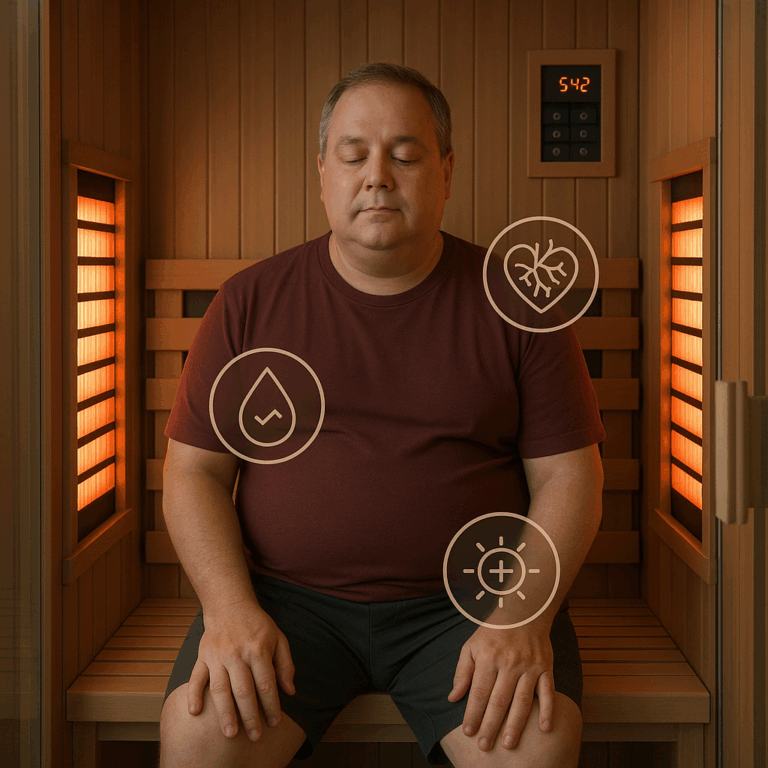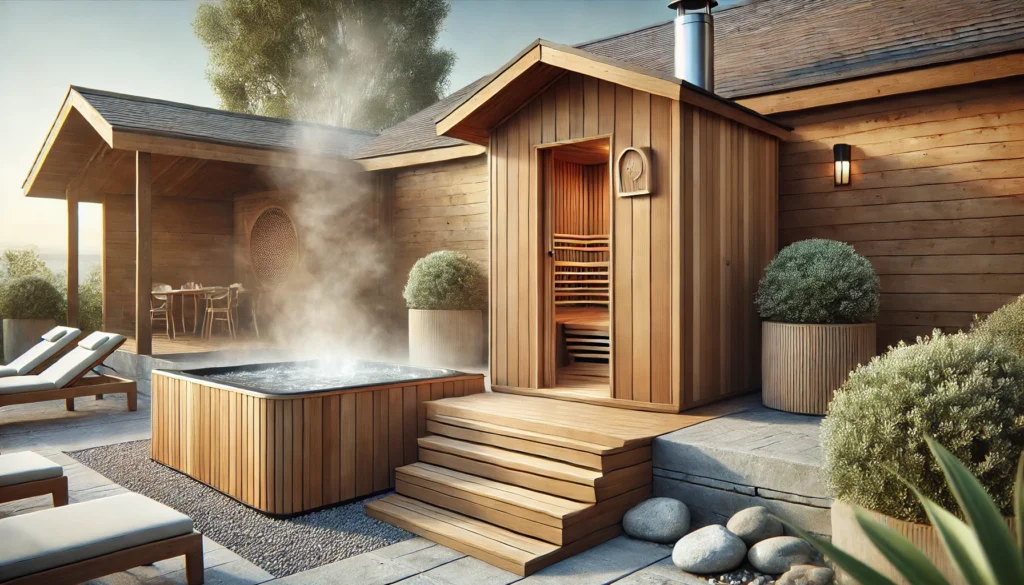
Contrast therapy, the deliberate alternation between heat exposure and cold immersion, has gained renewed attention for its physiological benefits. While both sauna use and cold plunge therapy offer standalone health advantages, integrating the two into a single routine amplifies cardiovascular, neuromuscular, and metabolic responses. This article examines the science behind contrast therapy, outlines evidence-based benefits, and provides a structured guide for integrating cold plunges into a sauna routine effectively.
The Physiology of Heat and Cold Exposure
Thermogenic Stress Response (Sauna Use)
Heat exposure, such as from traditional or infrared saunas, triggers a thermogenic stress response:
- Increased Heart Rate & Vasodilation: Peripheral blood vessels dilate to manage core temperature.
- Enhanced Circulation: Blood flow increases, delivering oxygen and nutrients to muscles.
- Induced Heat Shock Proteins (HSPs): These proteins repair cellular damage and improve mitochondrial efficiency.
- Neurotransmitter Regulation: Exposure elevates dopamine, norepinephrine, and endorphins, enhancing mood and resilience.
A 2018 study published in JAMA Internal Medicine found that regular sauna bathing is associated with a reduced risk of cardiovascular and all-cause mortality.
→ JAMA Internal Medicine
Physiological Effects of Cold Immersion
In contrast, cold plunge therapy activates the sympathetic nervous system:
- Peripheral Vasoconstriction: Blood is redirected to vital organs.
- Reduced Inflammation: Cold exposure lowers inflammatory markers such as IL-6 and CRP.
- Improved Recovery: Cold plunges decrease muscle soreness post-exercise.
- Enhanced Mitochondrial Biogenesis: Cold stress supports metabolic adaptation.
According to a study in the International Journal of Circumpolar Health, cold exposure increases norepinephrine by up to 530%, enhancing alertness and focus.
Key Benefits of Sauna and Cold Plunge Therapy Integration
Combining both practices in sequence provides synergistic benefits:
1. Enhanced Circulatory Efficiency
Alternating between heat-induced vasodilation and cold-induced vasoconstriction acts like vascular exercise, strengthening blood vessel elasticity and cardiovascular responsiveness.
2. Accelerated Muscle Recovery
- Heat increases oxygen and nutrient delivery to tissues.
- Cold reduces post-exercise inflammation and muscle microtrauma.
- The contrast promotes lymphatic drainage, removing metabolic waste.
3. Immune System Modulation
The controlled stress response of both extremes promotes the release of anti-inflammatory cytokines and strengthens innate immunity.
4. Mental Resilience and Neurochemical Balance
- Sauna increases beta-endorphins, improving mood.
- Cold plunges rapidly boost norepinephrine and dopamine, enhancing alertness and resilience.
- The alternating stress-response cycles promote mental toughness and parasympathetic recovery.
How to Structure a Contrast Therapy Session
1. Pre-Session Preparation
- Hydrate with at least 500 ml of water before starting.
- Avoid alcohol, heavy meals, or stimulants 1–2 hours prior.
- Wear minimal clothing (bathing suit or towel) for proper heat/cold exposure.
2. Suggested Protocol (Beginner to Intermediate)
| Step | Duration | Temperature Range |
|---|---|---|
| Sauna | 15–20 min | 160–195°F (70–90°C) |
| Cold Plunge | 1–3 min | 39–59°F (4–15°C) |
| Rest | 5–10 min | Room temperature |
| Repeat | 2–3 cycles |
- End with a cold plunge to reduce inflammation and stabilize heart rate.
- Warm clothing and hydration post-session are essential to prevent rebound hypothermia.
3. Advanced Protocol Tips
- Use guided breathing (e.g., Wim Hof method) before cold immersion.
- Add mindfulness during sauna sessions to enhance parasympathetic activation.
- Integrate red light therapy post-cold plunge for mitochondrial support.
Considerations, Contraindications, and Safety
Contraindications:
- Cardiovascular Conditions: Individuals with arrhythmias or uncontrolled hypertension should consult a physician.
- Pregnancy: Sudden temperature changes may be contraindicated.
- Peripheral Neuropathy: Risk of injury due to impaired thermal sensation.
Safety Guidelines:
- Never enter the cold plunge alone.
- Avoid rapid immersion after intense heat if feeling dizzy or lightheaded.
- Limit cold exposure to 3–5 minutes unless supervised or trained.
Best Practices for Integration at Home
1. Equipment Setup
- Sauna: Infrared or traditional dry sauna.
- Cold Plunge Options:
- Dedicated cold plunge tubs (commercial-grade)
- Ice barrels or portable chiller units
- Bathtub filled with ice and water (for temporary setups)
2. Environmental Considerations
- Proximity of sauna and cold plunge for immediate transitions.
- Non-slip flooring and proper drainage systems.
- Clean towels, hydration stations, and timer availability.
3. Frequency of Use
- 2–4 sessions per week is ideal for adaptation and recovery benefits.
- Allow 24–48 hours of rest between intense contrast sessions for optimal physiological response.
Scientific Support for Long-Term Benefits
Research-Backed Outcomes:
- A 2021 study in Frontiers in Physiology demonstrated that combined heat and cold exposure improved mitochondrial density and metabolic flexibility.
- A 2020 review in Temperature concluded that contrast therapy improves peripheral circulation and endothelial function over time.
Explore additional peer-reviewed insights via Frontiers in Physiology or PubMed.
Conclusion: Evidence-Based Wellness Optimization
The integration of cold plunge therapy with sauna use is not a trend but a scientifically grounded practice that enhances physiological resilience, cardiovascular health, and recovery. With structured protocols and safety considerations in place, this contrast therapy can be an essential pillar in any wellness or athletic optimization strategy.
